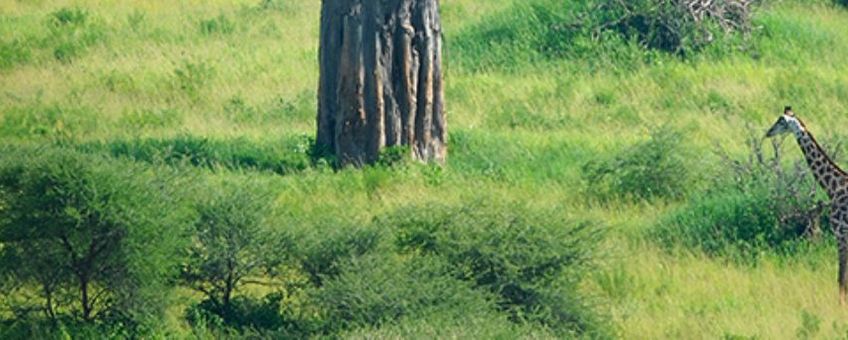
Safeguarding the space wildlife needs in Africa
African Wildlife FoundationNatural habitats are being coopted for infrastructure development, while wildlife corridors are being bisected by roads, subdivided by farmers and compromised by industry. We could put an end to the global illegal wildlife trade and still lose Africa’s wildlife if they don’t have enough land to live on.
To address this problem, AWF draws upon a toolbox of innovative approaches designed to create and prioritize space for wildlife. From leasing land for wildlife to creating new protected areas such as community conservancies, we find solutions that benefit wildlife and people alike. Following is a small sampling of the many ways in which AWF works to increase the amount of land under conservation and improve management of land in Africa.

Land-use planning
In the Congo landscape, AWF has worked with local communities to implement a land-use plan that protects permanent forest and covers 70 percent of the landscape—more than 5.2 million hectares.
Management of protected areas
AWF is currently managing Manyara Ranch Conservancy, which is part of a corridor connecting Lake Manyara and Tarangire National Parks in Tanzania, and is working with wildlife authorities elsewhere on the continent to help co-manage vulnerable protected areas.
Conservation covenants
Through AWF conservation agreements and AWF’s impact investing subsidiary, African Wildlife Capital (AWC), we have implemented contractual agreements with African businesses that tie AWC financing to the achievement of specific conservation objectives.
REDD+
Through the UN Reducing Emissions from Deforestation and Forest Degradation (REDD+) program, AWF is assisting communities in Kenya’s Chyulu Hills, Tanzania’s Kolo Hills Forests and the Congo landscape to measure and “validate” the carbon from nearby forests for sale on the international carbon market. Income from carbon sales will provide additional incentive for people to conserve forests.
Text: Mayu Mishina, African Wildlife Foundation
Picture: Billy Dodson
